WASHINGTON, D.C.— A new poll from the American College of Emergency Physicians (ACEP) and Morning Consult shows that more can be done to make sure that adults are prepared to help if a medical emergency occurs.
“A medical emergency can happen at any time and quick action by a bystander can be the difference between life or death,” said Christopher S. Kang, MD, FACEP, president of ACEP. “Everyone can learn some easy steps to take so that they can help in an emergency.”
While three-quarters (76%) of adults in the United States feel prepared to communicate with 911 operators in an emergency, only slightly more than half (55%) feel prepared to provide hands-only cardiopulmonary resuscitation (CPR). Slightly less than half (46%) of respondents feel prepared to apply a tourniquet to control severe bleeding, or move a victim to safety (47%), and fewer than a third (29%) feel prepared to use an automatic external defibrillator (AED).
Adults with some form of emergency training indicate they are willing to spring into action when necessary. In fact, four-in-five adults (83%) trained in any form of emergency response are willing to act during a medical crisis while waiting for emergency medical service professionals to arrive.
During cardiac arrest, the heart stops, which means blood is not flowing to the brain and vital organs. Without blood flow, brain cells start to die in minutes. Bystander assistance during a heart emergency is critical.
Nearly nine in 10 cardiac arrests that occur outside of a hospital are fatal, according to the National Heart, Lung, and Blood Institute. However, CPR performed in the first few minutes of cardiac arrest can double or triple the likelihood of survival, according to the Centers for Disease Control and Prevention (CDC).
Cardiac arrest is not a heart attack. During a heart attack, blood flow to the heart is blocked but a person is typically still talking and breathing. A heart attack victim should only be given CPR if they lose consciousness, do not have a pulse, and stop breathing. A person may be experiencing cardiac arrest if they collapse and lose consciousness, stop breathing or can’t breathe, suddenly become unresponsive, or do not have a pulse.
If a person appears to be experiencing cardiac arrest, a bystander should verify the scene is safe, call 911 or ask another bystander to call 911, then start CPR or use an available AED as soon as possible.
ACEP is partnering with the American Red Cross on Until Help Arrives, a program to educate and empower people with little or no medical training to take action and provide care when they are first on the scene during an emergency. The program is expected to launch in the next month.
“Rapid response significantly increases the chances a person survives an emergency like cardiac arrest,” said Dr. Kang. “Most cardiac arrests that take place outside of a hospital happen inside the home. Knowing how to give CPR or use an AED could save somebody very close to you.”
 American College of Emergency Physicians
American College of Emergency Physicians







